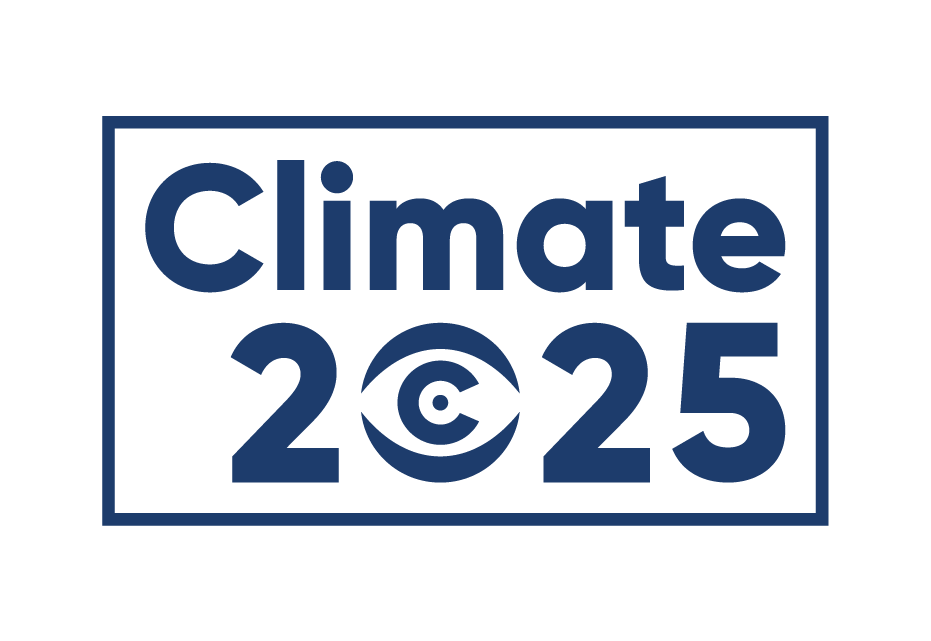Creating your Theory of Change
Introduction
If you have a vision for change, it's likely you're a hive of ideas and activities, excited about the journey you are on. At this exciting stage, it can be useful to plot out a roadmap for change, and think about where to focus your energies.
TOC is a model for understanding the impact your activities have on your goals. By breaking down the journey into different stages, it is possible to interrogate your approach and maximise the impact you make. This simple template can also help organise your activity in new ways, so that hidden connections, pitfalls and opportunities can be unearthed. When in use, you can use your Theory of Change to:
Plan the sequence and resourcing of your activities
Communicate your vision and strategy externally
Start speaking the language of funder’s you might want to approach
Interrogate whether your activities are really having the desired impact
It might sound like a complex concept, but it's likely you already have all the information to go into your Theory of Change; this is just a new way of bringing your vision to life.
Notes on populating your Theory of Change
Before you start to fill in the template, a few notes:
More is more! The TOC brainstorming stage is a place for you to get all your ideas and observations down. If it seems cluttered or too long, that’s fine - it’s better to refine or remove ideas later on than leave them out to begin with.
Keep the purpose in mind Looking at the reasons outlines above, and in the presentation, why do you want to complete a Theory of Change? Keeping in mind the setting that you might use it in (pitching, internal reviews or grant applications) will help you along the way.
Do review: A Theory of Change should be a help, not a hindrance! It will work best if it is continually interacted with; it should help focus your work.
Goal: The goal is your “big vision” - the ultimate state or condition you want to see achieved. In most cases, this statement should make sense independent of any of your activities or outputs, and make sense to people who aren’t closely involved in the work. For example, a goal might be: “Minimising the impact on climate by the UK fashion industry”
NB: you may not be the only movement or factor impacting your goal; don’t worry if the goal feels too big.
Challenges: This is a great place to brainstorm all the issues that currently prevent the goal being satisfactorily achieved. Problems might be:
“lack of” e.g. lack of services, awareness, resources...
“broken things” e.g. x part of current environment is not functioning, has y toxic elements...
“unknowns” e.g. don’t know 'z', opportunity ‘y’ unfulfilled...
There really is nothing too obvious here. Try to be very specific about the problems and their nature; this will help ensure the activities are designed in a way that aids solutions.
Aims: if your project is complex or large, you might want to have separate “aims”. These can give an umbrella description to a group of activities. For example, you might have aims that speak to communications, financial or legal issues. NB These sit in the horizontal bars across the template
Activities: Activities are the tasks you are going to undertake to tackle the problem. Typically speaking, activities should be about day to day work and operations rather than tangible things that the end products (see outputs). You might already have these in mind, and be carrying them out - great! However, do try to look at the problems and see if there's any way you can modify existing activities to speak more directly to the problems addressed.
Outputs: These are the products or states that you will have after some activities have taken place. For example, after you’ve done the “activity” of social media research, your output may be: “Implement comms strategy”. As with activities, is there any way that these can be optimised to speak clearly to the problems?
NB: Activities and outputs are closely interrelated and part of the same section of the table. You may want to pull out your outputs into bold, or under a subtitle in the box, to make them clear. In a nutshell, activities are the “doing” and outputs are the “done”. This can be a tricky distinction to make, and can take a while to refine.
Short-term outcome: This refers to what will be achieved by the outputs being delivered. e.g. when the comms strategy is implemented, what will be the outcome? Try to think about what the tangible, day to day outcomes of the outputs might be at this stage.
Longer term impact: Impacts might not be immediately apparent, but will be achieved when the outputs are embedded. Normally these are more substantial changes, which will domino from outcomes. Here is the area to pay close attention to your initial problems identified - do these impacts directly interact with those problems? If not, go back to activities and output and make some changes.
Measurement: It is useful to have an indicator of success for the impact that you are trying to make. This will help you know when it’s time to change your approach, and help you articulate your impact to partners and the public. Look at your short term outcomes and impacts and think about how you might interrogate their success. This might be: “x number of people follow us on twitter”, “y number of partners take up charter”; or more qualitative measurements such as “members of the audience reported positive brand interaction”. Start to think about how you might record these; interviews with the public, or focus groups with partners? Perhaps some data collection? Measurement can feed into larger evaluation frameworks - but this is just a jumping off point.
